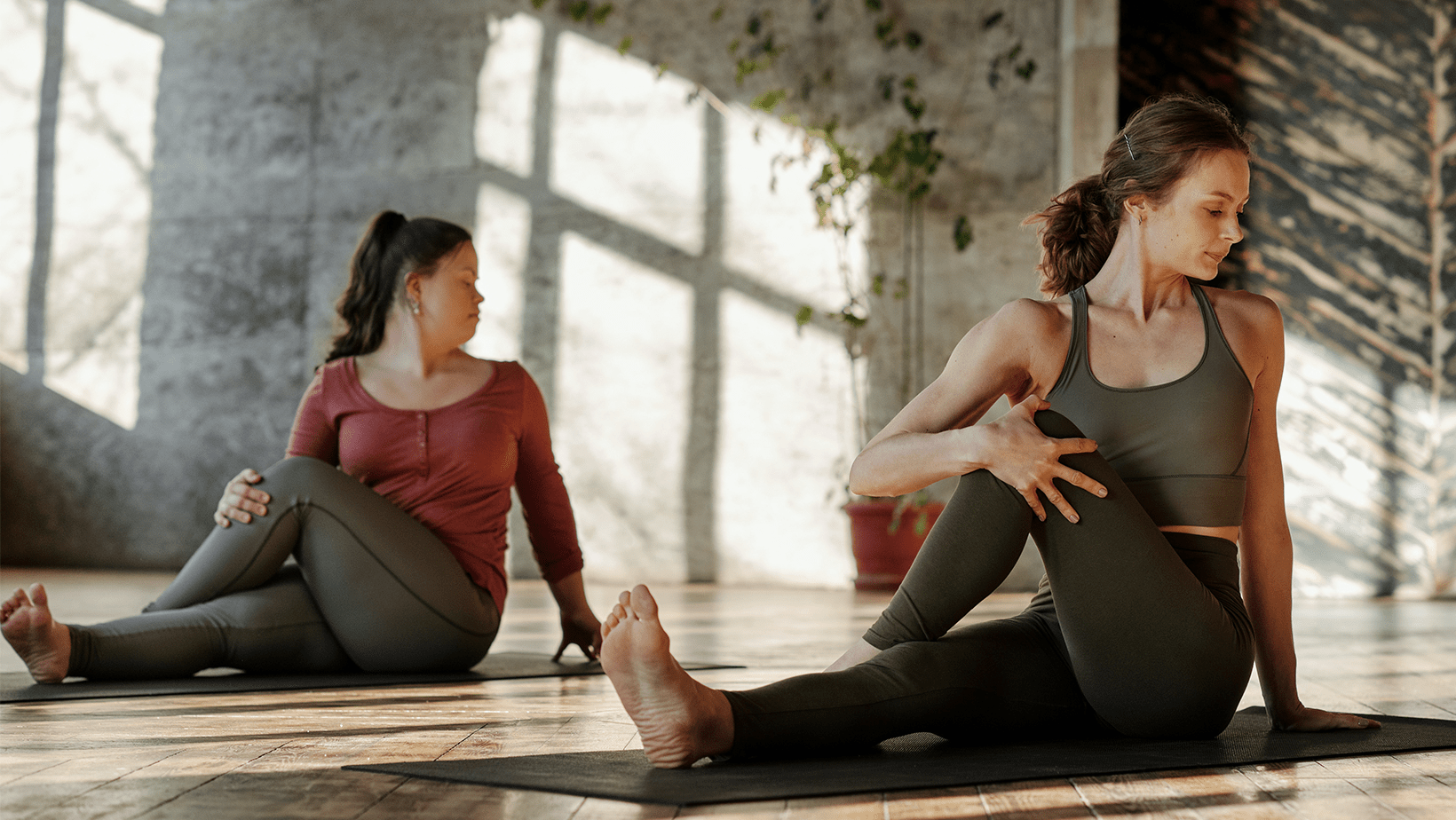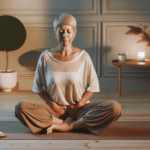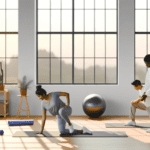Pelvic health for women is a relatively new concept that very few women have knowledge about. It’s the idea that women need to maintain good health of their reproductive and urinary tracts during our entire lifetime. It’s a weighty task given that, in a study conducted by Summer’s Eve, as many as 70% of women cannot identify the 6 major parts of their own reproductive anatomy ovaries, fallopian tubes, cervix, vagina, vulva, labia) while 70% could identify the male anatomy (penis, foreskin, testes). With so little knowledge about this concept, how can a woman support her pelvic health as she ages? Every woman should know these three concepts.
- Having a strong pelvic floor is key to women’s health as she ages
The pelvic floor is a group of interconnected muscles and tissue that support our visceral organs. The pelvic floor is responsible for supporting the function of urination, bowel movements, sex, pregnancy, and delivery. It also keeps the bladder, intestines and reproductive organs in place. Your pelvic floor is extremely important.
Now, the pelvic floor can be damaged or weakened after child-birth, hysterectomy, and menopause. Weakened and damaged tissue can lead to prolapse, where an organ (bladder, intestine, rectum, uterus) protrudes through the vagina. Women also lose muscle tone as they age which exacerbates the weakening and increases the risk of incontinence and prolapse.
Ensuring that you have the right mix of strong and relaxed pelvic floor muscles is a pretty complicated effort and requires the expertise of physical therapists who are trained in this area.
Many women who have seen a pelvic health physical therapist will tell you it has changed their lives. Having a routine pelvic health exam by a qualified professional is a must for every woman in her late 30s and beyond. You can find one here at the American Physical Therapy Association.
- What worked in your twenties doesn’t work in your forties
Due to hormonal changes and our changing bodies, our reproductive system goes through incredible changes over a fairly short period of about 20 years. Your experiences in your twenties may be very different in your forties. Here are a few examples:
| 20s and 30s | 40s and 50s | |
| Common infections | Yeast infections | Bacterial vaginosis |
| Important exercises | Kegels | Modification of Kegels, or foregoing Kegels altogether – many women need relaxation exercises and Kegels can worsen the tightness |
| Period changes | Stable periods | Heavy flow, missed periods, spotty periods |
| pH of vagina | 3.5 to 4.5 | 4.5 +++ |
Certain changes in our forties may actually be “the norm.” These include heavy bleeding (up to 40% of women) and uterine fibroids (up to 30% to 60% of women). With up to one-third of American women receiving a hysterectomy by age 60, it’s important to know that there are other medical options and that many hysterectomies for fibroids and/or endometriosis may be unnecessary https://damiva.com /menopause-blog/hysterectomy-should-keep-uterus/.
- Sex and orgasms are good for your pelvic floor
In addition to pelvic floor exercises, regular sex and orgasms can help tighten the muscles of the pelvic floor. In particular, “exercising” these muscles with movement during sex provides the ideal toning and blood flow to tissues. Stronger pelvic floor muscles may lead to better orgasms. The bonus is that the hormone release gives added benefit.
There’s still a lot we don’t know about pelvic health. But, educating ourselves about our own anatomy is a first step, And taking steps to maintain our pelvic health throughout our lives is essential to keeping vibrant as we age.









